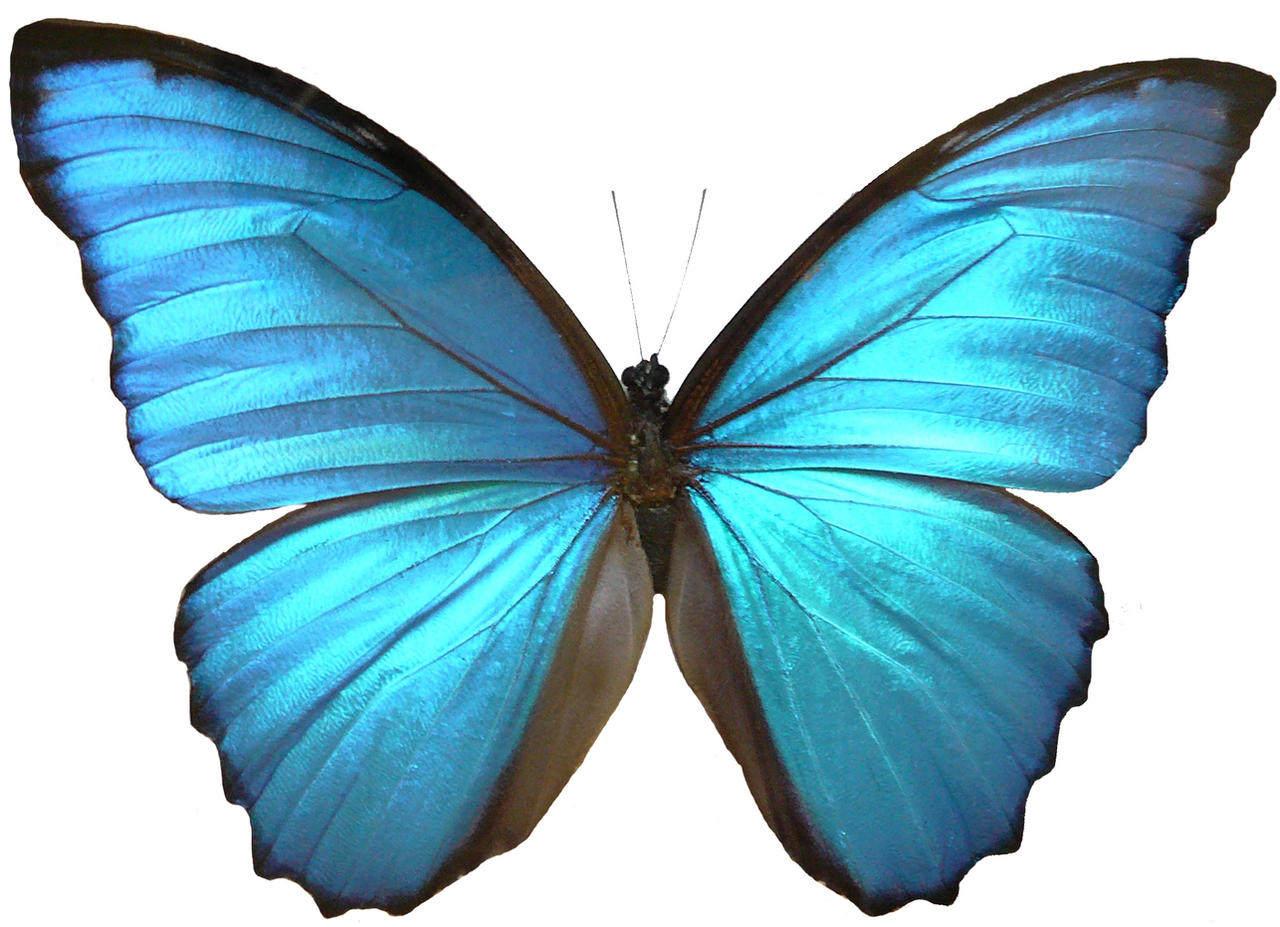
http://fc02.deviantart.net/fs14/i/2007/067/2/5/Blue_Morpho_Butterfly_Wings_by_Enchantedgal_Stock.jpg
Blast-induced traumatic
brain injury (TBI) is the "signature wound" of the recent conflicts
Iraq and Afghanistan. Without any real quantitative method to indicate the
magnitude of blast exposure, soldiers affected may not receive appropriate
medical care. Researchers at the University of Pennsylvania School of Medicine
have recently developed at new blast badge inspired by the wings of butterflies.
You may have noticed that
many butterfly's wings are extraordinarily vibrant in color. How do these
insects manage to create colors from the most iridescent of blues and greens to
near pitch-black? The answer lies in the hierarchical surface nanostructure of
the wings themselves. A butterfly's wing is covered in thousands of microscopic
scales, which are in turn covered with very small ridges called cuticles. Each cuticle
is further made up of several horizontal ridges. When a cuticle is cross
sectioned, it loosely resembles a fir tree. This type of coloration is known as structural coloration.

http://static.ddmcdn.com/gif/butterfly-color-wing.jpg
This very fine structure
is what gives the insects their brilliant colors. As light hits these ridges on the wings, some
wavelengths are absorbed and others are reflected back. This is what produces
the pure vibrant colors many butterflies are known for. Also, as light is reflected
off of the wing's surface, each ridge sends the light to a viewers eyes
slightly out of phase with each other. This causes the iridescent effect where
color changes slightly with viewing angle and gives a somewhat rainbow effect.
How does this help with determining
blast exposure though? The researchers at the University of Pennsylvania School
of Medicine have created a patch which functions similarly to the cuticles on
the wings of butterflies. Using holographic lithography (the application of
light, usually UV, to a photosensitive material in order to fabricate small
features), the team created "Layers of Swiss cheese with columns in
between." The material is stable in the presence of temperature change and
physical impact

When undamaged they reflect a certain color,
but when introduced to the shockwave of a blast, the columns collapse and the
pores grow larger. This changes the wavelength of light that is reflected thus
changing the color we perceive. The team or researchers has also designed the
badges to deform according to different ranges of blast magnitudes. The badges
could be made as small as the fill-in-the-blank circles used on multiple choice
tests and sewn onto soldiers clothing. This invention could be used to
accurately diagnose soldiers for TBI's, whereas other methods are unreliable,
and allow for appropriate and timely medical attention.
No comments:
Post a Comment